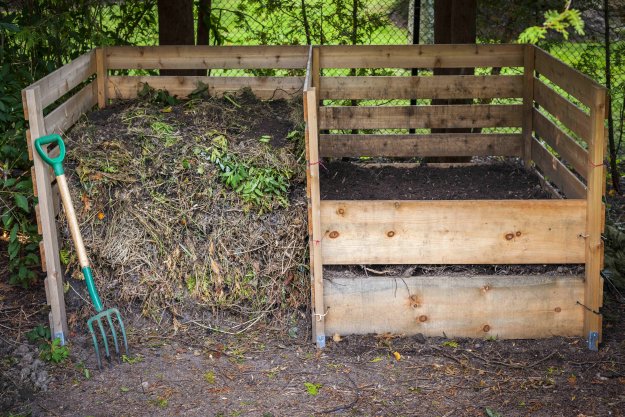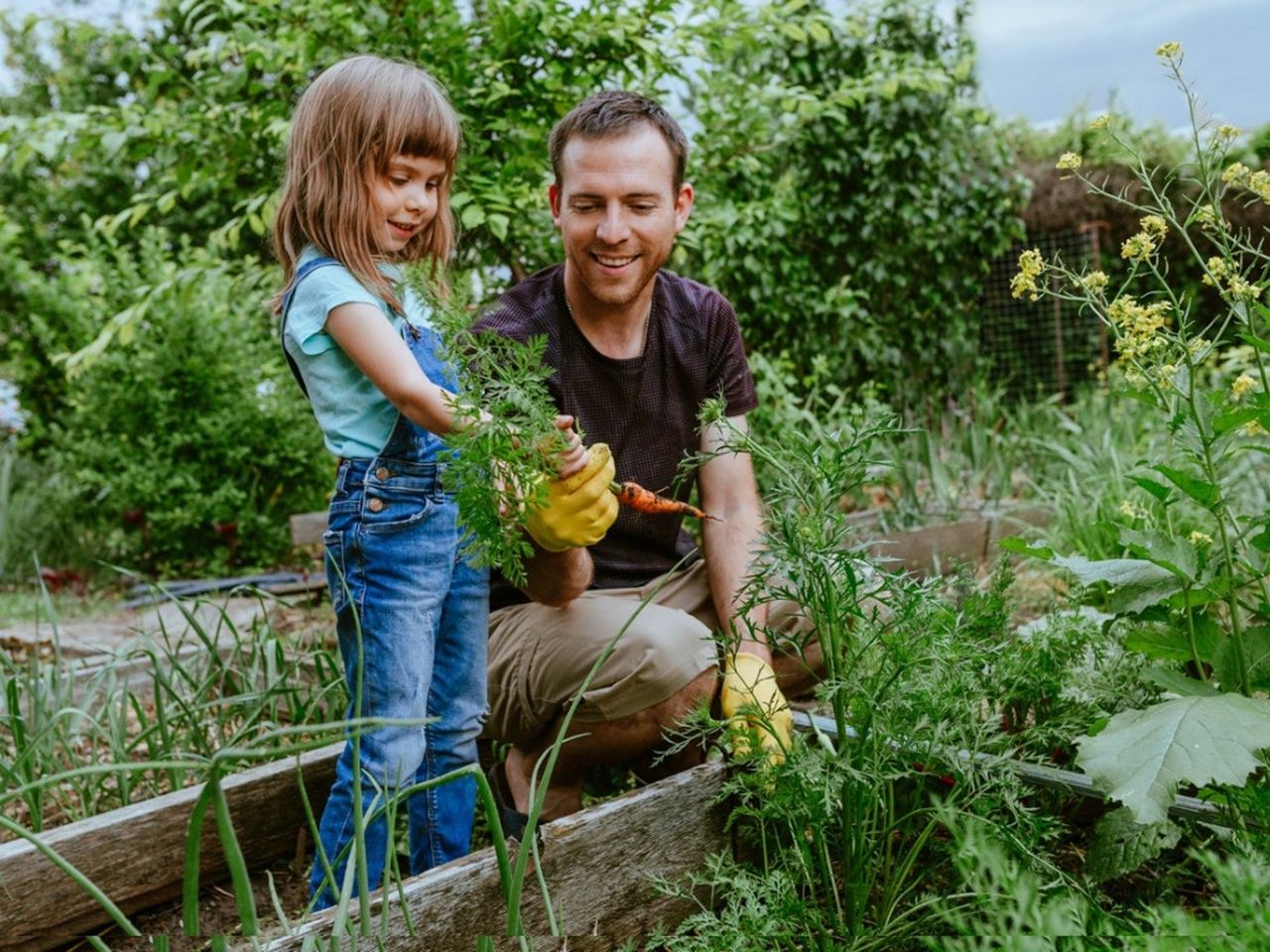How to Get Started with Homestead Gardening at Home
How to Get Started with Homestead Gardening at Home
Blog Article
Reveal the Tricks to Creating a Gorgeous and Effective Horticulture Area
Creating a gorgeous and effective horticulture space is not just a matter of planting vegetables and flowers; it calls for a tactical technique that incorporates different important aspects. From choosing the right place based upon sunlight and dirt type to attentively making your design and selecting ideal plants, each decision plays a crucial function in the success of your yard. Ongoing upkeep is important to maintain its appeal and productivity. As you consider these aspects, take into consideration just how they intertwine to unlock the full capacity of your horticulture endeavors. What particular methods can elevate your room beyond the common?
Picking the Right Area
Selecting the ideal area for your garden is essential to its success and overall visual charm. The very first step in this process entails evaluating sunshine exposure, as most plants need a minimum of six hours of straight sunshine daily (Homestead Gardening). A south-facing yard typically receives one of the most light, while shaded locations can impede development and blooming
Additionally, think about soil high quality and drainage. Well-draining dirt is necessary to avoid water logged roots, which can lead to plant illness. Conducting a dirt examination can offer valuable info regarding pH levels and nutrient material, enabling you to change the soil accordingly.
In addition, distance to water resources is an additional element to consider - Homestead Gardening. Having easy access to a pipe or irrigation system can simplify the watering procedure and motivate consistent plant treatment. Wind protection is additionally crucial; placing your yard near frameworks, such as walls or fencings, can shield it from rough winds that may damage fragile plants
Lastly, think about accessibility for upkeep and harvesting. A well-placed garden enables for hassle-free access, making certain that you can easily have a tendency to your plants without creating undue stress and anxiety or disturbance. Thoughtful place choice lays the foundation for a growing garden.
Choosing Plants Carefully
When selecting plants for your yard, it's important to take into consideration variables such as environment, soil conditions, and personal preferences to guarantee a effective and unified room. An extensive understanding of your neighborhood environment will certainly assist you in picking plants that flourish in your particular atmosphere. Selecting drought-resistant ranges is valuable in dry regions, while moisture-loving species may be a lot more ideal for locations with high rainfall.
Soil conditions are equally essential; conducting a dirt examination can expose pH levels and vitamins and mineral content, allowing you to choose plants that will certainly thrive. Native plants are commonly an exceptional option, as they are typically well-adapted to neighborhood dirt kinds and require much less upkeep.
In addition, consider your horticulture objectives. Are you going for an ornamental display screen, a vegetable garden, or maybe a mix of both? This will affect your selections considerably. Lastly, mirror on your individual choices-- picking plants that reverberate with your aesthetic preferences will certainly boost your enjoyment and dedication to preserving your garden. By carefully evaluating these variables, you can develop a varied and growing plant choice that boosts your gardening experience.
Creating Your Garden Layout
With a thoughtfully chosen plant choice in hand, the next step is to produce a yard design that optimizes both charm and functionality. Begin by examining the available room, thinking about aspects such as wind, sunlight, and shade patterns. A well-planned format must include different areas, consisting of locations for planting, paths, and potentially seating.
Begin with larger plants or focal points, such as trees or high perennials, placed strategically to produce visual interest. Layer smaller plants in front to boost deepness and appearance. Consider the development habits of your chosen plants; taller ranges must be placed at the back or facility of beds, while much shorter ones can line the sides.
Incorporating paths not just promotes gain access to for upkeep yet additionally invites expedition. Usage materials that match the garden's general aesthetic, whether timber, gravel, or rock chips.
Additionally, think of seasonal adjustments and exactly how your design will certainly look throughout the year. Including evergreens alongside seasonal flowers can guarantee year-round beauty. Inevitably, a properly designed yard design integrates the natural beauty of plants with practical considerations, resulting in a space that is both welcoming and productive.
Enhancing Soil Health And Wellness

To enhance soil wellness, start by conducting a soil examination to evaluate pH levels, vitamins and mineral web content, and soil structure. This will certainly educate your changes. Incorporate raw material such as garden compost, well-rotted manure, or fallen leave mold to boost soil structure, water retention, and microbial task. Furthermore, exercising plant rotation can prevent nutrient exhaustion and lower bug and condition pressures.
Mulching is another effective method; it not only conserves moisture yet also reduces weeds and slowly enhances the dirt as it damages down. Preventing extreme husbandry is crucial, as it can interfere with dirt framework and harm useful microorganisms. Rather, embrace no-till or marginal husbandry methods to preserve soil stability.

Maintaining Your Garden Effectively
A well-kept garden is a source of satisfaction and performance, needing consistent attention to guarantee that plants thrive and the landscape continues to be welcoming. Reliable garden upkeep entails a number of vital practices that boost the wellness of your plants and the general visual of your content room.
Regular watering is essential; nonetheless, it is essential to customize your watering timetable based upon the specific needs of your plants and neighborhood environment conditions. Mulching try this out can assist preserve moisture, subdue weeds, and manage dirt temperature level. Moreover, prompt weeding avoids competitors for nutrients and sources, making sure that your plants flourish.
Pruning is one more crucial task. It encourages healthy development, eliminates unhealthy or dead branches, and shapes plants to preserve an attractive framework. Furthermore, monitoring for pests and diseases is vital; early detection and treatment can save your plants from considerable damage.
Fertilization must be performed attentively, using natural choices whenever feasible to promote lasting dirt wellness. Seasonal jobs such as growing, separating perennials, and preparing for winter months will certainly ensure your yard stays vivid year-round. By adhering to these practices vigilantly, you can cultivate a garden that is both effective and lovely.
Final Thought
In conclusion, the development of a productive and lovely gardening space calls for mindful consideration of a number of crucial elements. Picking a suitable location with ample sunshine, picking suitable plants, developing a cosmetically pleasing layout, boosting soil health and wellness, and making certain routine upkeep are essential elements. By incorporating these techniques, one can cultivate a growing garden that not only improves the landscape however also promotes ecological balance and sustainability. Such a technique eventually results in a fulfilling gardening experience.
From selecting the right place based on sunshine and dirt type to thoughtfully making your design and picking ideal plants, each choice plays an essential duty in the success of your garden. Well-draining soil is crucial to stop waterlogged roots, which can lead to plant illness.When picking plants for your yard, it's essential to think about aspects such as climate, soil conditions, and personal preferences to ensure a harmonious and efficient space. Ultimately, a well-designed garden format balances the natural beauty of plants with useful factors to consider, resulting in a room that is both welcoming and effective.

Report this page